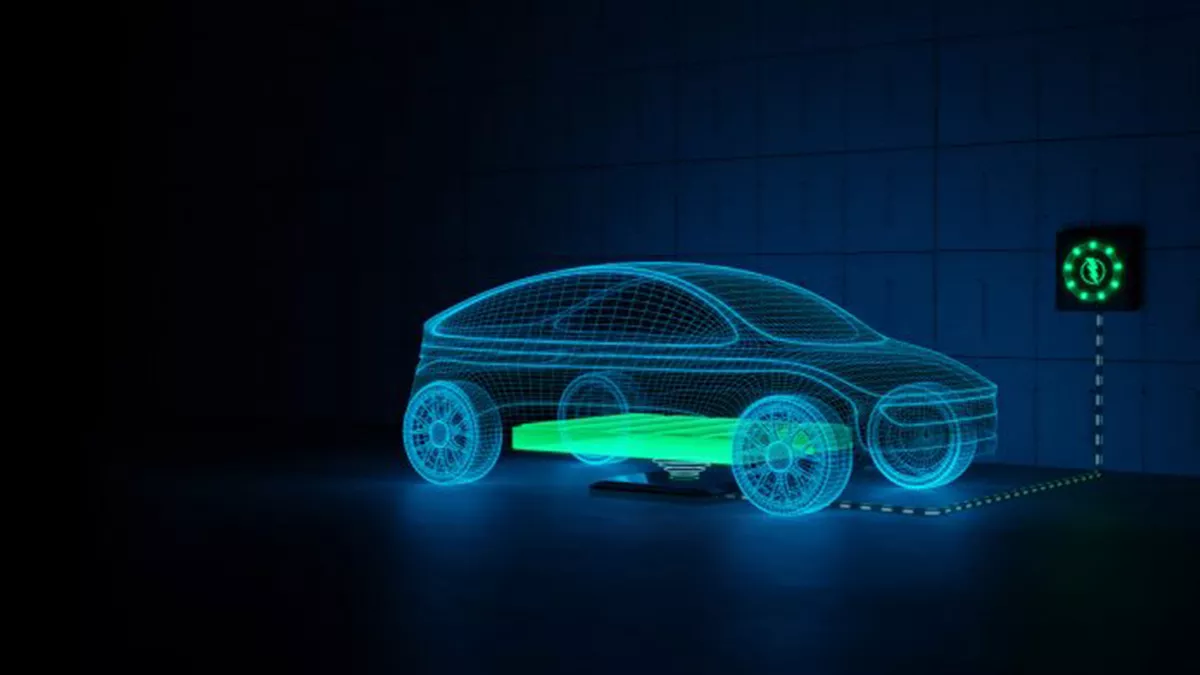
Plug-in automobiles could soon be able to run without a plug. When it's time to charge an electric car, its driver would only pull into a designated parking spot, wait for a light on the dashboard to turn on, get out of the vehicle, and continue with their day.
With wireless electric vehicle charging, this will be made possible. It would do away with the wires by transferring electrons inductively. With the increasing popularity of EVs, there is a growing need to bring the dream of wireless charging to the masses, something that several entrepreneurs have been striving towards for years. Automakers are experimenting with wireless technology, businesses are uniting behind standardised technology, and municipalities are outlining use cases. Tesla Inc. is also considering it.
Although wireless charging appears ideal on paper, the technology is beset by the same problem that is affecting the distribution of public outlets: Anxiety over public charging, however, is one factor impeding the rise of electric vehicle (EV) demand. However, more consumer demand may force automakers to adopt wireless charging.
A charging pad and magnetic resonance are used in inductive, or wireless, EV charging to create a power-transmitting field. The receiver gathers the energy and delivers it to the vehicle's battery when a coil beneath the vehicle lines up with a coil in the charging pad. The mechanism is comparable to that of wireless phone charging, which also needs aligned coils and a receiver, but EV systems may function at a distance of up to 10 inches (250 millimetres).
Not the DC fast chargers seen at many public stations, but rather a Level 2 charger (the sort you'd use at home) is what most wireless chargers are comparable to. Wireless charging needs to be considered in the design of electric vehicles as well.
Following its debut on modified cars such as Ford's Mustang Mach-E, WiTricity intends to launch its Halo wireless system on E-Z-GO and ICON EV golf carts and light vehicles this summer. Mitsubishi Corp. and Siemens AG are among the investors in the firm. WiTricity has partnered with KG Mobility, a South Korean automaker, to demonstrate wireless charging on their vehicles. According to WiTricity, its technology allows passenger automobiles to get up to 35 miles of charging each hour.
While state and federal officials in the US are lobbying for grants to extend wireless charging, the majority of funding is still going towards regular EV chargers for the time being. The DOE reports that there are already over 9,000 public fast-charging stations and over 53,000 Level 2 facilities in the US. As states begin to use $5 billion in federal funding, more are anticipated to go online.
